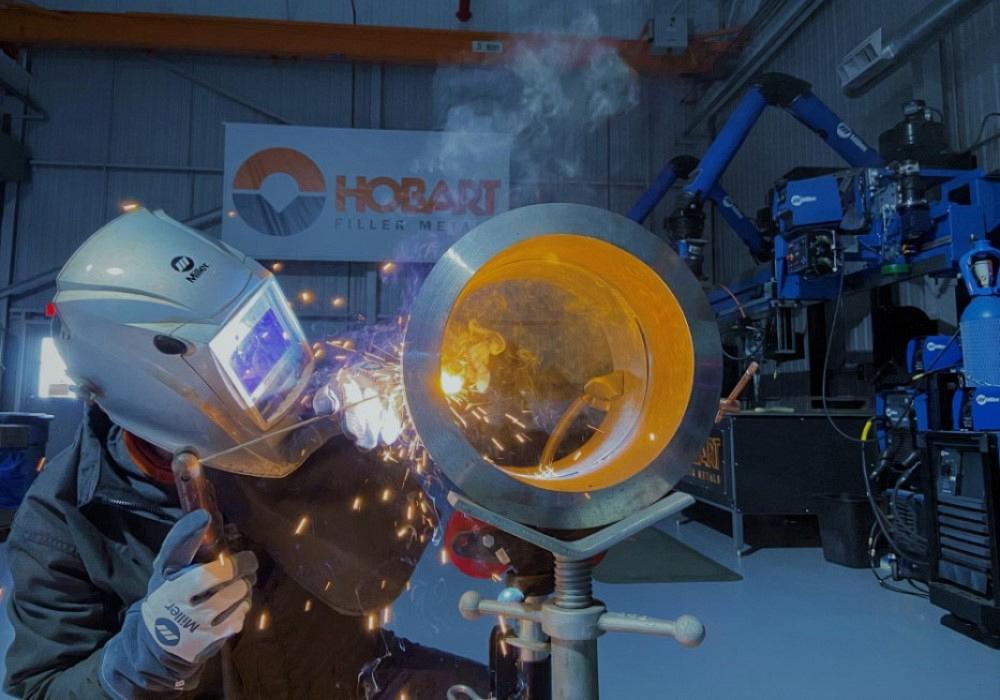Mastering the Art of Welding: How to Stay Clear Of Undercut Welding Issues for Flawless Construction Outcomes
Performance and accuracy are vital on the planet of welding, where also the least blemish can endanger the structural stability of a made item. One typical difficulty that welders face is damaging, an issue that can deteriorate a weld joint and lead to pricey rework. By recognizing the origin of undercut welding and implementing efficient strategies to avoid it, welders can elevate their craft to brand-new levels of quality (Preventing weld undercut). In the quest of flawless manufacture results, understanding the art of welding to prevent undercut problems is not just a skill but a requirement for those striving for excellence in their job.
Recognizing Undercut Welding

To stop undercut welding, welders need to make sure correct welding criteria, such as readjusting the present, voltage, travel speed, and keeping the correct electrode angle. In addition, utilizing the suitable welding technique for the particular joint arrangement is important. Utilizing weaving motions or backstepping methods can aid guarantee proper weld steel deposition and lower the chance of undercut formation. Normal assessment of welds throughout and after the welding process is additionally critical to capture any type of undercut very early and make required adjustments to stop more defects. Preventing weld undercut. By recognizing the sources of undercut welding and carrying out safety nets, welders can achieve high-quality, structurally sound welds.
Causes of Undercut in Welding
Understanding the factors that add to undercut in welding is necessary for welders to generate top quality, structurally sound welds. Poor welding incorrect or current welding rate can additionally add to undercut. Understanding these reasons and implementing proper welding techniques can aid protect against damaging concerns, making certain solid and sturdy welds.
Techniques to Stop Undercutting

To reduce the threat of damaging in welding, welders can employ tactical welding methods intended at improving the high quality and integrity of the weld joints. One reliable approach is to adjust the welding specifications, such as voltage, current, and take a trip rate, to make sure correct warm input and deposition. Keeping a suitable electrode angle and ensuring consistent travel speed can also assist stop undercut. Furthermore, using the appropriate welding method for the details joint setup, such as weave or stringer grains, can add to reducing damaging. Preventing weld undercut.
Furthermore, proper joint prep work, including guaranteeing clean base materials complimentary of pollutants and utilizing the ideal welding consumables, is essential in avoiding undercut problems. Employing back-step welding techniques and managing the weld grain profile can additionally help disperse warm evenly and minimize the risk of undercut. Regular examination of the weld joint throughout and after welding, as well as applying quality guarantee measures, can assist in discovering and resolving damaging concerns immediately. By applying these methods vigilantly, welders can attain perfect construction results with marginal undercut issues.
Significance of Proper Welding Specifications
Picking and maintaining suitable welding parameters is crucial for accomplishing successful welds with marginal defects. Welding specifications describe variables such as voltage, current, travel rate, electrode angle, and shielding gas flow price that directly impact the welding procedure. These parameters need to be very carefully changed based on the kind of material being welded, its thickness, and the welding technique employed.
Appropriate welding criteria ensure the correct amount of warmth is related to thaw the base steels and filler product evenly. If the criteria are set expensive, it can lead to excessive warmth input, creating distortion, spatter, or burn-through. On the various other hand, if the specifications are also low, incomplete fusion, absence of penetration, or damaging may happen.
Quality Control in Welding Workflow

Verdict
In final thought, grasping the art of welding calls for a comprehensive understanding of undercut welding, its causes, and techniques to stop it. By guaranteeing proper welding parameters and executing quality control methods, perfect fabrication results can be achieved. It is vital for welders to continually pursue quality in their welding operations to avoid undercut problems and produce top notch welds.
Undercut welding, an usual issue in welding procedures, happens when the weld steel doesn't appropriately fill the groove and leaves a groove or depression along the bonded joint.To avoid undercut welding, welders need to make certain proper welding criteria, such as readjusting the present, voltage, travel rate, and maintaining the right electrode angle. Insufficient welding wrong or present welding speed can also contribute to damage.To minimize the danger of damaging in welding, welders can employ calculated welding methods intended at boosting the top quality and honesty of the weld joints.In final thought, mastering the art of welding link calls for a detailed understanding of undercut welding, its reasons, and methods to prevent it.
 Bradley Pierce Then & Now!
Bradley Pierce Then & Now! Patrick Renna Then & Now!
Patrick Renna Then & Now! Bo Derek Then & Now!
Bo Derek Then & Now! Traci Lords Then & Now!
Traci Lords Then & Now! Richard Dean Anderson Then & Now!
Richard Dean Anderson Then & Now!